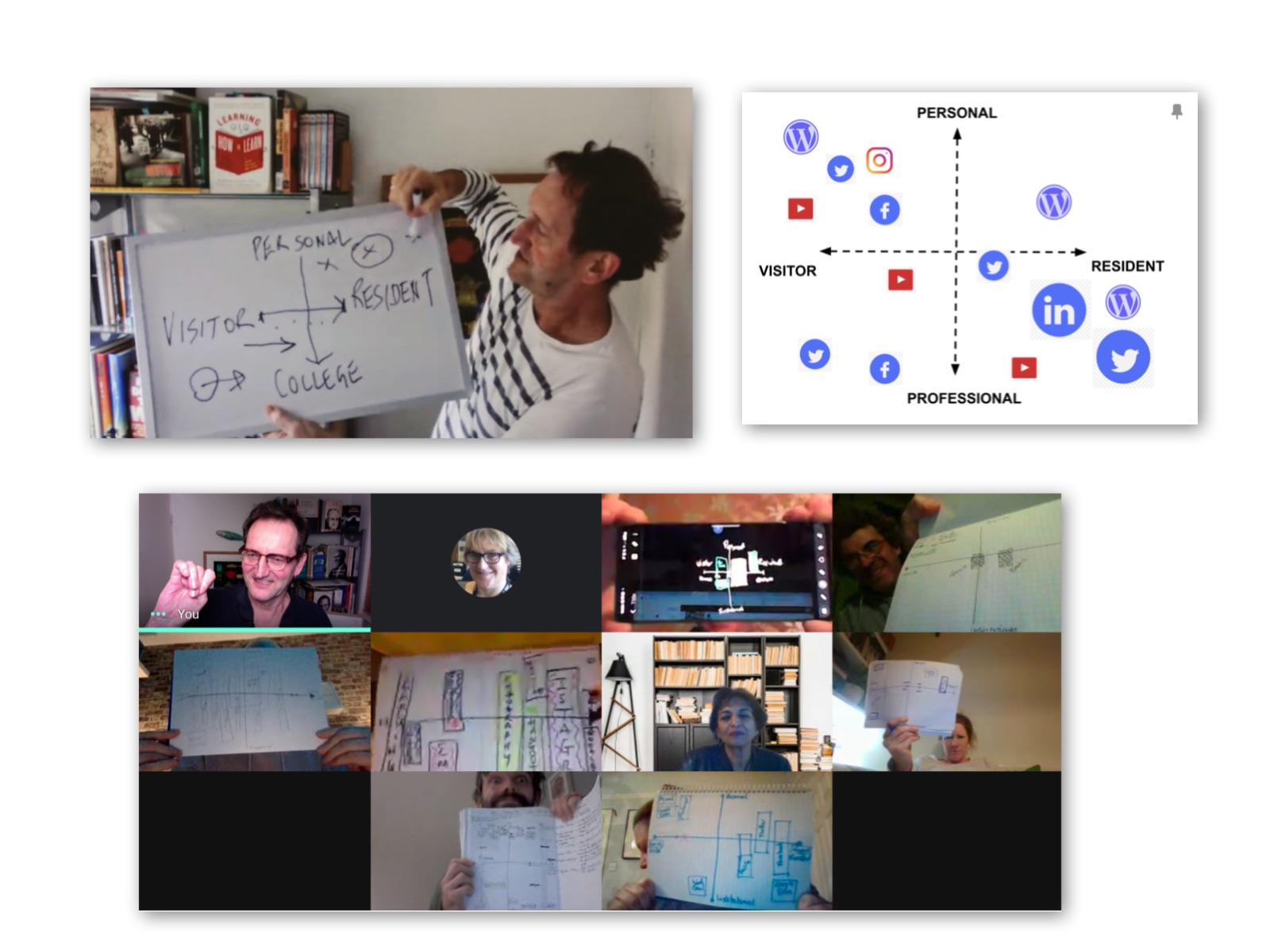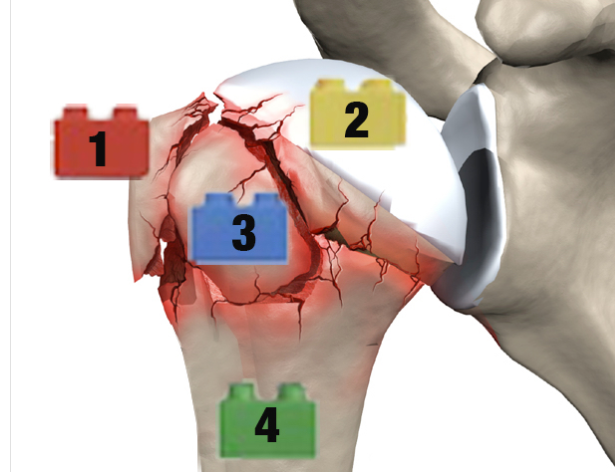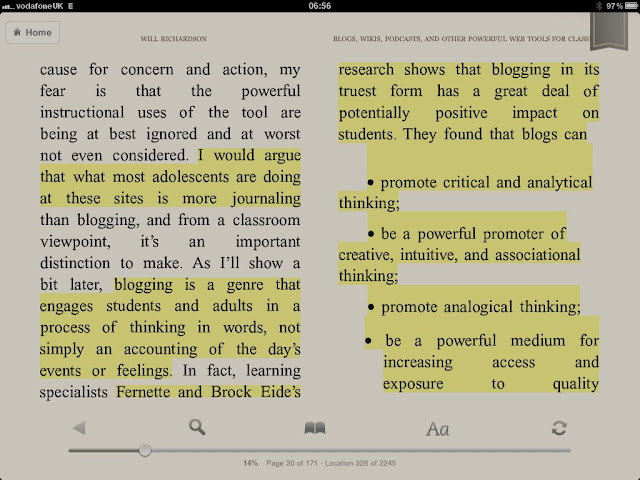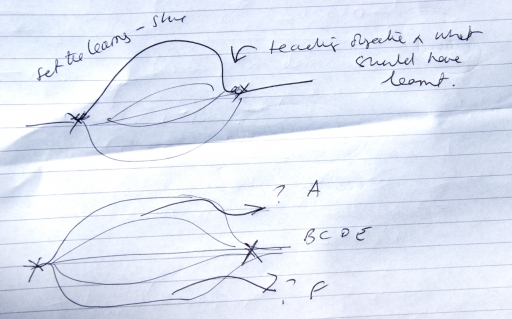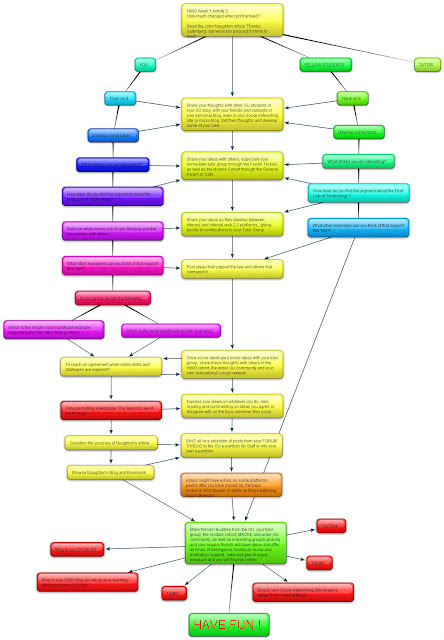The settings have the moderator in low resolution Black and White, more like an ultrasound scan. The sound quality was just as bad, not quite womb music, but certainly underwater. A few tweaks and I had a higher resolution colour image of the moderator, though the sound, the only thing that matters, remained broken, distorted and unreliable.
We introduce ourselves. 30 words or ten seconds was enough. I wonder at its relevance. If meeting for business we’d dispense with this small talk, pull out an agenda and get on with it.
Asked to make a comment in a recent Elluminate session I had pre-empted the prompt and written something down, only to lose the point when clicked on the mic. Actually, winging it, as I know from hundreds of interviews ALWAYS produces a better response, than the response that someone has written down in advance. I made an off the cuff comment that H807 was more reading, whereas this just fit in.
I cannot help but think that Skype and a basic Google Docs of Sync.in document work better.
At least this time my mic continued to function, though even here, I could not tell, could not hear, that I was ‘on mic’ once I’d clicked it open. This from someone who has been a sound engineer, who wants a live feed to my headphones so I can hear what others are going to hear …or what is being recorded. Should sessions such as this be necessary? Software should be so intuitive, obvious and like things we’re familiar with that this kind of walk and talk through is unnecessary. Someone hasn’t adhered to the advice ‘Keep it Simple, Stupid.’
The tutor likened the reading the tasks otherwise like waves on the beach … and another and another.
I am sympathetic to anyone with a demanding day job.
When I started the MA in 2001 I was working fulltime and doing a second post-graduate course. I never had a quiet moment. I did the reading on planes and trains and very early in the morning. I came home to a five and three year old. There was no expectation to be around, to say much in the crude threaded discussions or give the technology a go. It was books in a box with a regular essay/assignment and far easier to juggle with no sense that you were missing out, or not contributing if you made an appearance once every ten days.
Concentrate on the core reading and contribute to forums … it’ll count.
The point is made that id can be difficult to contribute if your thoughts had already been articulated. My experience is that a forum thread goes through three distinct phases: each person responds in turn to the question/questions, then once many/most have done this, you comment, contribute and elaborate … and at some stage you decide that you’ve had enough, said enough and can move on … maybe dipping back in as others come forward and either assert the same things, or pick you up on a matter or say something completely new. Often the later arrivals are better able to ‘see the woods from the trees,’ and can summarise, or make a succinct point that says in a few lines what others have deliberated over for hundreds of lines.
I make a note to myself that these forums are ‘A tool FOR thinking … not that you have to get it written down’. People need to write what they think as they think it.
The best outcome for all is that we generate a learning community. We are participants, so look to the readings of others. For example, thinks the same thing as me … so agree, to create a learning discussion, you are responding, someone can grow from where you are responding.
It doesn’t need to be like Chinese whispers: at most people post their thoughts to a task as if they would submit an essay, albeit a very short one.
THEN they look at comments and may respond to one. Would it be that each of us HAD to comment on EVERY thread submitted by others! If only six people are involved on round one you get SIX postings, on round two you get 25 postings … (you don’t comment further on your own initial thoughts – even if you want to) then if everyone responds to these Five that makes 125. We haven’t set a word limit, but in my experience this many postings would already come to some 12500 words. Must everyone comment? For the sake of it? For the marks they may need to assemble at some later stage?
Early contributors, or the most frequent visitors may set a tone, that could facilitate what I’d term ‘loose talk,’ I often wonder what the OU Guidelines are for tutors, but can probably guess that the hours they are paid are extremely limiting.
The tutor makes the point that it is ‘nice when you post something and someone responds.’
My tip to those who enjoy this kind of reward is that the more you respond and comment on others … the more likely you are to receive reciprocal comments, that it is not WHAT you have to say, or how often you say it, or where you say it … but that you are participating at all. i.e. the more you put in,. the more you get back
I like the analogy the US E-learning Prof Marc Wagner calls a ‘pot lunch’, in that you ‘bring something to the table,’ but also consume the produce of others … and comment on the whole thing.
The essence of this course, our Tutor explains, is that we are trying to establish the relationship of technology to the learning: on the one hand this is how we THINK learners learn (the academic community) whilst this is how we learn, this is how teaching should be designed. How can technology enhance distance learning?
My own take on this, from corporate learning and development is very different … that the distribution mechanism might have been a VHS cassette in the post, a satellite uplink or an interactive CD-rom, but the mere ‘book like’ or manual like distribution of content was never our purpose. That engagement was always deemed necessary as candidates would have to prove they knew what they had been taught in an assessment.
The point I made, when asked, regarding the reading, was to do some of the reading, even be guided by the choices made by others, then look to their unique thoughts, the inputs from others whether they started last week, or a year ago.
I liken panic over a TMA as preparing for the first night of a show, of getting up on stage, going onto the pitch … that this forces you to bring your thinking together, indeed the deadlines and parameters literally funnel your thinking.
I reflect on my grandfather who left school at 14. Interviewing him at length before he died there is no doubt that as the ‘office boy’ those around him formally/informally taught him so much ‘in situ,’ from taking a stock sheet, to learning shorthand … then, the height of technology, being given a typewriter to figure out. (This is 1910 by the way)
When a separate conversation starts the tutor wonders about who is talking, some listening, some writing notes … with the moderating trying to hold it all together. I’d unplugged the headphones and was listening from the kitchen while I made a coffee.
‘Like sitting in a meeting wearing a blindfold‘
I put it and another agreed that it is like closing your eyes and concentrating … I’ve been using videoconferencing since the 1980s. This is how North Sea Oil rigs kept in touch. There was never any question that you wouldn’t see everyone in vision. 25 years later Elluminate looks retro.
I like the point one person made that such sessions are ‘Good for class moral’.
